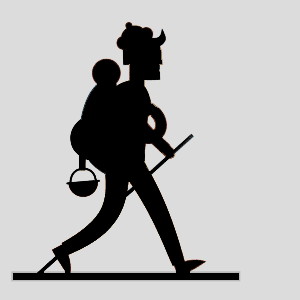
Loading...

Loading...
First aid for burns involves providing immediate care to minimize damage, reduce pain, and prevent infection. The severity of the burn will determine the appropriate actions to take. Burns are categorized into three degrees: first-degree, second-degree, and third-degree burns.
These are superficial burns that affect only the outer layer of the skin. They usually cause redness, pain, and minor swelling.
1. Cool the Burn:
- Hold the burned area under cool (not cold) running water for about 10-15 minutes or until the pain subsides.
- You can also apply a clean, cool, damp cloth to the burn.
2. Pain Relief:
- Over-the-counter pain relievers like ibuprofen or acetaminophen can help reduce pain and inflammation.
3. Protect the Burn:
- Apply a sterile, non-stick bandage or clean cloth over the burn to protect it from friction and external contaminants.
These burns affect both the outer layer of the skin and the underlying layers. They cause blisters, severe pain, redness, and swelling.
1. Cool the Burn:
- Run cool water over the burn for 10-15 minutes or until the pain subsides. Do not use ice, as it can damage the skin.
2. Do Not Break Blisters:
- Do not pop or break blisters, as they protect the underlying skin and can reduce the risk of infection.
3. Pain Relief and Medical Attention:
- Over-the-counter pain relievers can help manage pain.
- Seek medical attention for second-degree burns, especially if they are large, on the face, hands, feet, or genitals, or if there's any sign of infection.
These burns are the most severe and penetrate all layers of skin. They can cause charred or white skin, numbness, and potential damage to underlying tissue and structures.
1. Seek Medical Help Immediately:
- Third-degree burns require immediate medical attention. Call emergency services (119 or your local emergency number) or go to the nearest hospital.
2. Do Not Attempt Self-Treatment:
- Do not try to cool or treat severe burns at home. Cover the burn with a clean, dry cloth or sterile dressing to prevent infection.
- Remove tight clothing, jewelry, and accessories from around the burn site.
- Do not apply adhesive bandages directly to a burn; use non-stick bandages.
- Do not use creams, ointments, or butter on burns, as they can trap heat and worsen the burn.
For all burns, regardless of severity, closely monitor the person for signs of shock, difficulty breathing, or changes in consciousness. Seek medical help if you're uncertain about the severity of the burn or if the person's condition worsens.
412